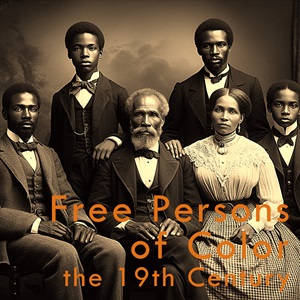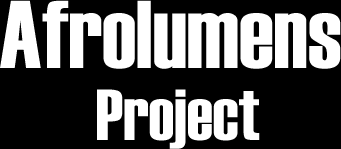
Central Pennsylvania's journey
from enslavement to freedom
“Speak up, speak out, get in the way. Get in good trouble, necessary trouble, and help redeem the soul of America.” —John Lewis, 01 March 2020.
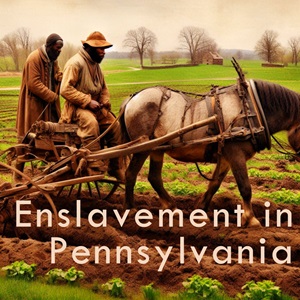
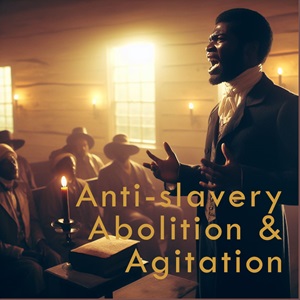
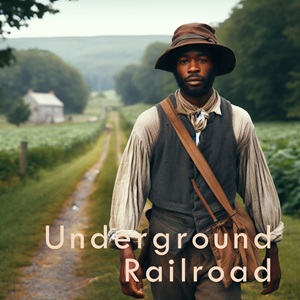
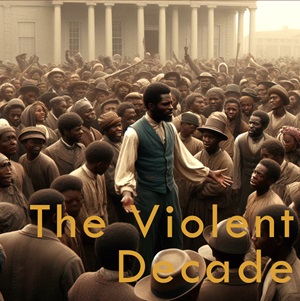
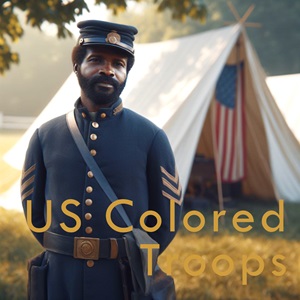
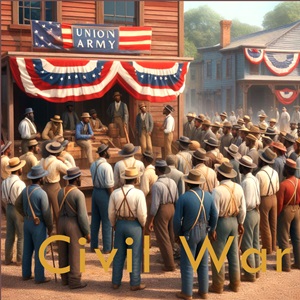
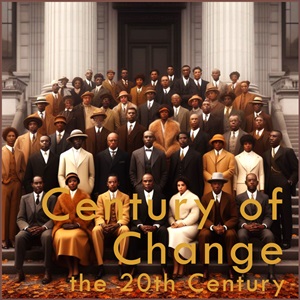
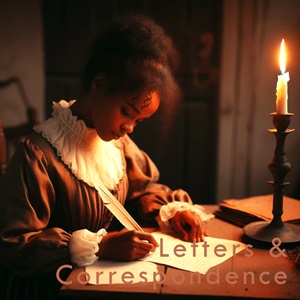
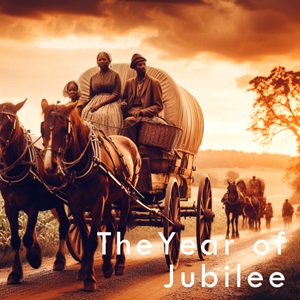

Year of Jubilee back in print
The Afrolumens Project book, The Year of Jubilee (2 volumes), is back in print and available on Amazon. Updated with new covers, the volumes are at the links below.
The Year of Jubilee: Men of God, available here
The Year of Jubilee: Men of Muscle, available here
New Items
- July 1719: Johney Escapes From Virginia First newspaper ad for an escaped slave published in a Philadelphia newspaper.
- Fugitive Slave Recovery Document for Isaac, 1804 From slaveholder W. James Brown of Cumberland County.
- Image of a pass for free Black man Edward Butler issued in 1806 in Gettysburg, Pennsylvania.
- Summary and text of the 1826 Pennsylvania Supreme Court Decision that ended the illegal enslavement of the children of term slaves.
- What does "Country-born" mean? What are pantaloons, castor hats and pistoles? Why would a captured runaway be put in a goal?
Escape notices, documents and advertisements for enslaved people are filled with obscure and archaic terms. The Afrolumens Project has created a quick-reference glossary: Afrolumens Glossary of Enslavement Terms..
On This Date
December events important to local African American history (see the whole year)December 1, 1861: Secretary of War Simon Cameron proposes in his Annual Report that captured slaves be immediately emancipated and armed to fight in the war. Lincoln rejected the proposal, but Cameron released the report to the newspapers anyway, resulting in his reassignment as Minister to Russia.
December 1, 1955: Rosa Parks is arrested and fined after she refuses to give up her seat on a Montgomery, Alabama bus, setting off protests and a boycott, led by the Rev. Martin Luther King, Jr. The Supreme Court eventually ended segregation on city buses.
December 2, 1859: John Brown is hanged at 11:30 a.m. at Charles Town, Virginia. He left a written statement, which said "I John Brown am now quite certain that the crimes of this guilty land, will never by purged away, but with Blood. I had as I now think, vainly flattered myself that without very much bloodshed, it might be done."
Harrisburg has many connections to John Brown and his famous raid on Harpers Ferry. Read more here.
December 3, 1836: Anti-slavery men in Gettysburg form the Adams County Antislavery Society at Clarkson's Academy, after being driven from the county courthouse by anti-abolition rowdies.
December 3, 1844: Underground Railroad activist Charles T. Torrey is convicted of aiding enslaved people in their escape from Maryland into Pennsylvania. Torrey was sentenced to six years in the Maryland Penitentiary, where he died in May 1846 of tuberculosis.
December 3, 1900: William Howard Day dies in Harrisburg. Many African American notables, including W.E.B. DuBois, attend his funeral.
William Howard Day is buried in Lincoln Cemetery. Click here for more on this historic African American Cemetery.
December 4, 1833: Black and white delegates gather in Philadelphia's Adelphi Building to discuss forming a national anti-slavery society. James Miller McKim attends to represent the greater Harrisburg area. The resulting American Anti-Slavery Society would send speakers throughout Pennsylvania, resulting in a blossoming of small, local anti-slavery societies.
December 7, 1833: The American Antislavery Society is officially formed, in Philadelphia.
December 9, 1828: Facing financial hardship, Archibald McAllister of Fort Hunter advertises, "I wish to dispose of all my colored people at private sale." Included is Sally Craig, a woman enslaved for life, sixty-one years old.
Click here for a full list of all the persons enslaved by Archibald McAllister at Fort Hunter.
December 11, 1836: American Anti-slavery Society lecturer Jonathan Blanchard preaches during evening services at Harrisburg Presbyterian Church. Among those in attendance is attorney Charles C. Rawn.
December 11, 1851: The jury in the Christiana Treason trial takes only fifteen minutes to return a verdict of "Not Guilty" on charges of treason for Castner Hanway in the violence at the William Parker house. The verdict outrages Southern slaveholders and politicians.
Read the exciting full story of the Christiana Rebellion here.
December 13, 1836: Attorney Charles C. Rawn welcomes Reverend William Radcliff DeWitt to his home to discuss slavery and abolition. Rawn expresses his opinion that slavery should be abolished in Washington DC, and that abolition aught to be openly and publicly debated.
December 13, 1848: Pennsylvania State Convention of Coloured Citizens meets in Harrisburg to devise a plan to petition the state legislature to restore the vote to African American men.
December 16, 1859: Two African American men who were captured with John Brown during his raid on Harpers Ferry, Shields Green and John Copeland, are hanged at Charlestown for their role in the plot. They were buried beneath the gallows and soon thereafter disinterred by local medical students for dissection.
December 17, 1748: John Harris the settler dies. His will stipulates that his enslaved man Hercules be set free, and "be allowed to live on a part of the tract purchased of James Allcorn left to my son William," marking the beginning of a free Black community in Harrisburg.
December 18, 1828: Sally Craig, longtime enslaved woman of Archibald McAllister at Fort Hunter, escapes after being put up for sale at age sixty-one. She is never recaptured.
December 18, 1863: The 13th Amendment to the Constitution is declared in effect by Secretary of State Seward after it is ratified by twenty-seven states.
December 19, 1875: Carter G. Woodson, the "father of African American history," is born in New Canton, Virginia.
December 20, 1860: South Carolina becomes the first state to secede from the Union.
December 24, 1829: The Pennsylvania General Assembly votes to support the goals of the American Colonization Society in sending free African Americans to Liberia. It passes a resolution urging the U.S. Congress to do the same, arguing that the removal of free Blacks from the United States would be "highly auspicious to the best interests of our country."
December 25, 1839: Benjamin Tucker Tanner, African American minister and A.M.E. bishop, is born in Pittsburgh. Tanner studied at Avery Institute, Allegheny, Pennsylvania, was a writer, poet and editor of the Christian Recorder newspaper, and received a D.D. from Wilberforce University in 1878.
December 31, 1777: The ban on recruitment of African American soldiers in the Continental Army is lifted by General George Washington, clearing the way for the service of more than 5,000 African American men on the colonial side during the Revolutionary war.
December 31, 1782: Final day for residents of disputed territory in western Pennsylvania to register their slaves according to law. The deadline was extended in this area, which had been claimed by Virginia, because Pennsylvania did not ratify the border until September 23, 1780.
December 31, 1851: Sixteen-year-old Rachel Parker is kidnapped by Thomas McCreary from the Chester County farm of Joseph and Rebecca Miller. Joseph Miller and some neighbors track the kidnapped girl to a Baltimore slave prison and alert authorities, then prepare to take the train home. Miller, however, would be waylaid and murdered in Baltimore.
Read a detailed article about this incident, which helped sway local opinion against the Fugitive Slave Act.
The url address of this page is: https://www.afrolumens.com/index.htm
